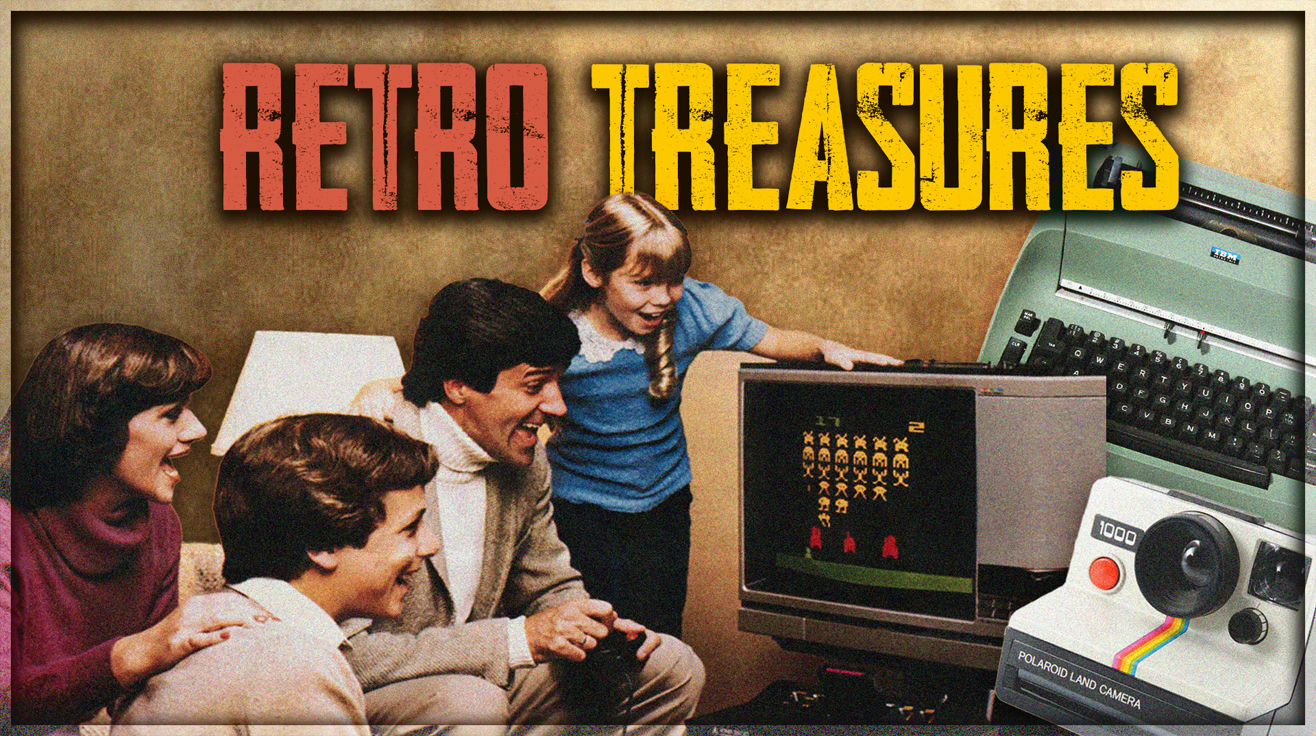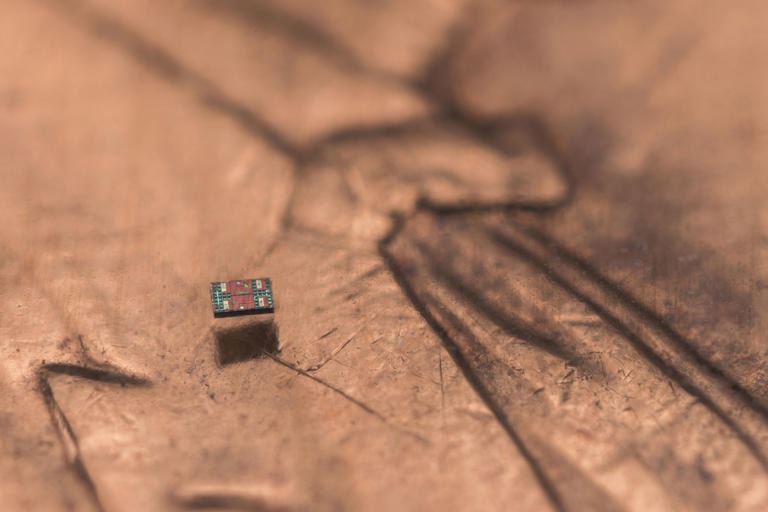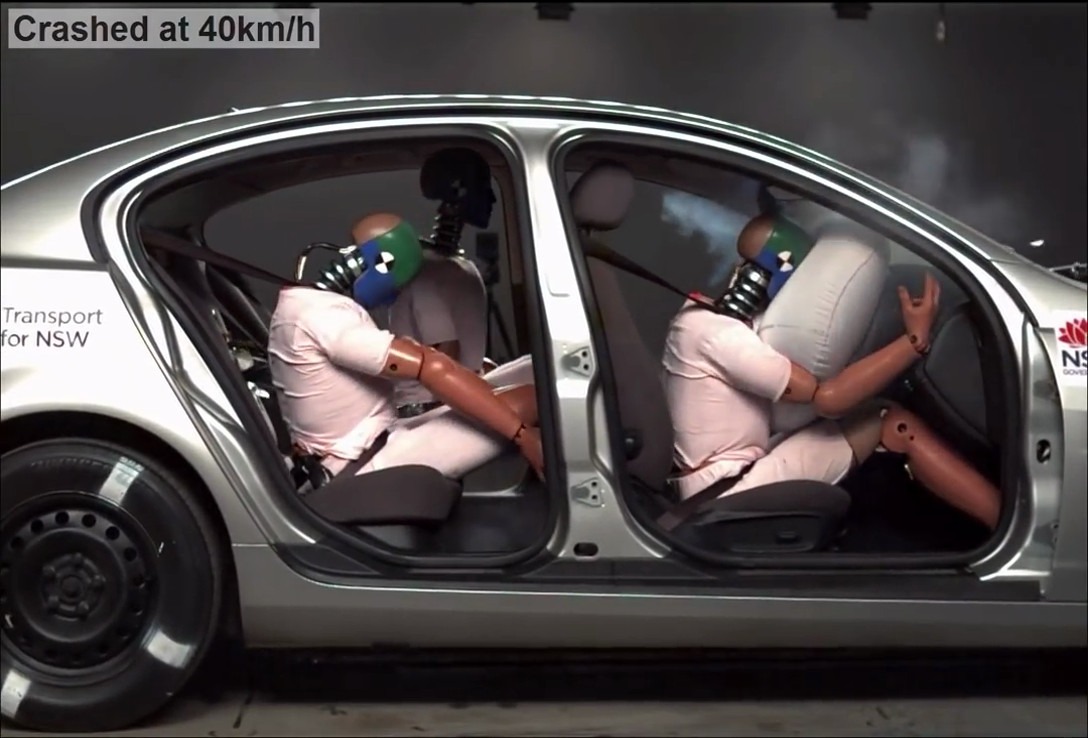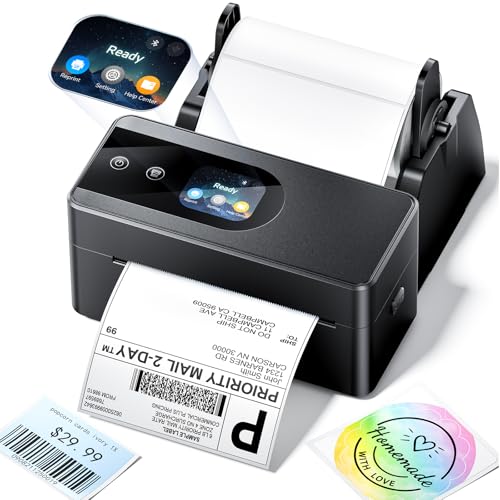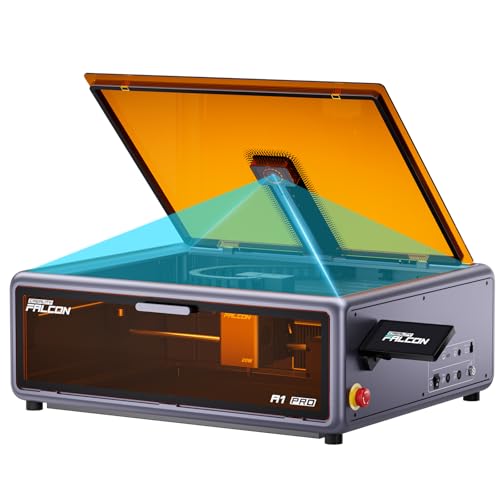The 1970s tech scene was the original Avengers origin story – humble beginnings that changed everything. While most remember this era for disco and wild fashion, tech nerds know it as the decade when our digital future was born. Every smartphone in your pocket, every smart TV on your wall, and every gaming console under your TV owes a debt to these pioneering beige boxes and plastic gadgets.
These devices aren’t just dusty museum pieces – they’re the technological DNA that evolved into our modern digital life. From clunky prototypes to surprising innovations, these groundbreaking inventions didn’t just change the game; they created entirely new playing fields.
18. Pong Game Console

Atari ignited the home gaming revolution when they released Pong in 1972, converting televisions from passive boxes into interactive entertainment centers. The premise was dead simple: two rectangles batting a square back and forth. Yet this digital table tennis simulator completely rewired how we interacted with our screens, creating an entirely new form of home entertainment.
What made Pong extraordinary wasn’t its technical prowess but the shared activity it created. Families huddled around TVs not just to watch, but to play against each other. Pong marks the genesis moment for interactive home entertainment – a watershed development that sparked an industry now worth $200 billion annually. Modern gaming’s competitive spirit, its social dynamics, and even its basic controller interfaces all trace back to this humble black-and-white breakthrough.
17. Atari 2600

Launching in September 1977, the Atari 2600 fundamentally reinvented home entertainment through its revolutionary cartridge system. It was among the 70s gadgets everyone dreamed of owning as a kid. That iconic wood-grain finish wasn’t just about looking fancy next to your shag carpet; it signaled that gaming had grown up and moved into the living room permanently. Swapping games became as intuitive as changing records, turning a single device into an endlessly adaptable platform.
From its humble nine-game launch library, the 2600 eventually supported hundreds of titles that brought arcade thrills home without the quarters. Space Invaders, Pac-Man, Adventure – these weren’t just games; they were cultural touchstones uniting neighborhoods and generations. This trailblazing console established the cornerstone concept in gaming: hardware as a versatile platform rather than a single-purpose machine. PlayStation, Xbox, Switch – all follow the architectural blueprint that Atari drafted decades ago.
16. Sony Walkman

Making its debut on July 1, 1979, the Sony Walkman shattered the boundaries of where and how we could enjoy music. Before this blue and silver marvel (initially called the Soundabout), listening was a stationary activity confined to living rooms and bedrooms. After? Music became a constant companion, following you everywhere from morning jogs to evening commutes.
Those distinctive orange foam headphones embodied more than just an accessory – they signaled a cultural shift toward personalization. The Walkman reimagined mundane moments as cinematic sequences with personalized soundtracks. Walking to class, waiting for buses, sitting on trains – suddenly all had accompanying scores chosen by the listener. This pocket-sized device introduced the concept of private, portable media that eventually evolved into iPods, smartphones, and today’s streaming services.
15. Philips N1500 Video Cassette Recorder

When Philips unveiled their N1500 VCR in 1972, they handed viewers unprecedented control over television scheduling. This substantial investment—costing the equivalent of over $1,000 today—freed consumers from the rigid broadcasting timetables that had previously dictated viewing habits. Its groundbreaking timer feature allowed automatic recording of shows while nobody was home, an almost magical capability at the time.
The N1500 sparked a critical power shift between networks and audiences. Despite its hefty price tag and bulky design, this innovative device marked the first successful consumer tool for time-shifting content. By allowing viewers to capture and replay television on their own schedules, it initiated a philosophical shift in media consumption that continues through DVRs, on-demand services, and today’s streaming platforms.
14. Pocket Instamatic 110

Introduced in 1972, Kodak’s Pocket Instamatic 110 democratized photography by shrinking camera tech to truly portable dimensions. This compact shooter made capturing memories accessible to everyone, not just professionals with expensive equipment or families with bulky cameras reserved for special occasions. Its pocket-friendly design meant it could accompany people everywhere, radically changing when and what got photographed.
The camera’s Magicube flash capability (which activated with a distinctive pop) brought indoor photography to the masses, despite its tendency to create red-eye effects. What made the Instamatic 110 genuinely revolutionary wasn’t technical perfection but social impact—it prioritized spontaneity over photographic excellence.
This shift in philosophy from technical mastery to moment-capturing mirrors today’s smartphone photography culture, where accessibility and immediacy triumph over technical specifications.
13. Speak and Spell

Texas Instruments launched an educational breakthrough with the Speak and Spell in June 1978, cleverly disguising learning as entertainment. This bright red teaching tool with its distinctive keyboard and digital display didn’t feel like homework—it felt like playing with the future. Children encountered synthetic speech tech through its memorable robotic voice, making spelling practice strangely captivating.
The device’s cultural prominence skyrocketed when it appeared in Steven Spielberg’s E.T., cementing its status beyond educational circles. Speak and Spell marked a turning point where electronic gadgets began actively participating in education rather than merely supporting it. Its combination of audio feedback, visual display, and interactive gaming elements established a template for educational tools that continues in today’s learning apps and platforms. For a look at some of the more unusual tech from the era, discover these strange 1970s gadgets.
12. Cassette Player

Portable cassette players delivered a musical liberation that completely restructured our relationship with audio content. Building on devices introduced by Philips in 1963, these players flourished throughout the 1970s, turning music from a location-based affair into a mobile companion. That distinctive mechanical chunk when pressing play became the soundtrack to personal freedom—a portal to private soundscapes anywhere you went.
The real cultural innovation came through the mixtape phenomenon—those carefully curated collections of songs recorded from radio and vinyl. These personalized compilations weren’t just about music; they embodied communication, emotion, and identity. Cassette players encouraged active participation with music rather than passive consumption.
11. Rotary Phones

Throughout the mid-20th century, rotary phones served as the central communication hubs in approximately 90% of American homes. These analog contraptions weren’t merely utilitarian tools but architectural focal points around which living spaces were organized. The deliberate physical action of dialing—that distinctive circular motion of your finger pulling numbers around—created a mindful approach to communication that’s virtually extinct today.
Each call required a conscious investment of time and attention. The distinctive ring pattern could instantly alter household dynamics, triggering the familiar dash to answer. Rotary phones epitomized a communication era where conversations happened in real-time, where busy signals meant genuine unavailability, and where phone cords stretched around corners for those seeking privacy.
10. Polaroid Cameras

Since their consumer debut in 1948, Polaroid cameras captivated people with their seemingly magical ability to develop photographs before your eyes. The SX-70 model, introduced in the early 1970s, perfected the instant photography process with its elegant folding design and improved image quality. Watching a blank square slowly materialize into a fully-realized image created a shared moment of anticipation that digital photography has never quite replicated.
Polaroid’s distinctive white-bordered photos became culturally iconic precisely because of their uniqueness and immediacy. Each image existed as a singular artifact—no negatives, no reprints, no deletion options. This irreproducibility made every photo precious in a way that contrasts sharply with today’s endless digital duplicates.
The inability to preview or edit forced photographers to embrace imperfection, creating a distinctive aesthetic that values authenticity over technical perfection. Modern instant photography’s resurgence speaks to our desire to recapture the tangible, one-of-a-kind nature of these chemical-and-light marvels.
9. 8-Track Tape Players
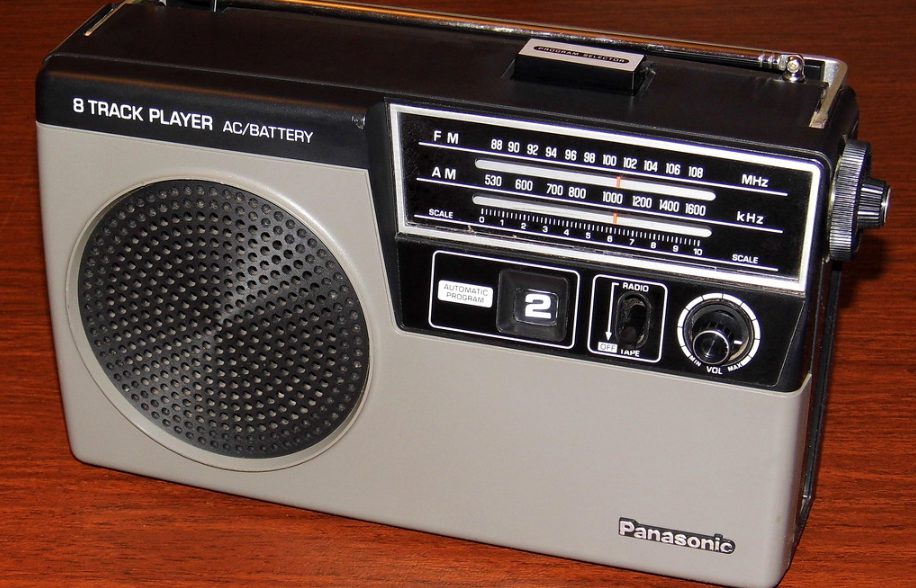
Introduced by Lear Jet Corporation in 1964 and reaching peak popularity in the early 1970s, 8-track players stood as a crucial evolutionary step in mobile audio. These cartridge-based players offered a novel solution to a persistent problem: how to bring substantial music collections into automobiles without the hassle of flipping records or rewinding tapes. Their distinctive track-switching mechanism—that satisfying ka-chunk sound—delivered a primitive version of playlist automation.
The 8-track format thrived particularly in automotive applications, reshaping mundane commutes and road trips into personalized audio journeys. Despite their relatively brief commercial reign before compact cassettes took over, these cartridges pioneered continuous mobile audio that didn’t require manual intervention.
They enhanced the driving situation for millions by providing extended, uninterrupted music playback. Though superceded by newer formats, 8-tracks constitute a critical bridge between stationary music consumption and the portable audio revolution that followed—establishing the expectation that our music collections should travel with us.
8. Pocket Calculators

The introduction of the HP-35 in 1972 marked a watershed moment when complex computational power became truly portable. These mathematical marvels miniaturized room-sized computing capabilities into handheld devices, bringing advanced calculations into classrooms, offices, and homes. Before pocket calculators, complex mathematics required specialized tools like slide rules and log tables that demanded significant training and practice.
The ability to solve equations through simple button presses democratized mathematical capability across society. Students could focus on understanding concepts rather than mechanical computation, engineers could verify designs immediately, and everyday consumers could perform quick calculations on the go.
Pocket calculators symbolized the first mass-market portable computers, creating the crucial bridge between specialized business machines and consumer electronics. They helped familiarize the public with digital interfaces and the concept of algorithmic problem-solving, laying conceptual groundwork for the personal computing revolution that would follow.
7. Electric Typewriters

When IBM introduced the Selectric in 1961, they revolutionized written communication by enhancing both speed and accessibility. These machines eliminated the physical effort required by manual typewriters while dramatically improving efficiency and document quality. The distinctive hum-and-click symphony became the background music of professional environments everywhere as typing speeds doubled with lighter keystrokes.
The Selectric’s innovative golf ball element showcased genuine ingenuity, bouncing from letter to letter while eliminating the jamming issues that plagued traditional typewriters. This advancement democratized professional-looking documents for small businesses and home users alike.
Electric typewriters established numerous interface conventions that persist in modern computing: the QWERTY layout, the concept of standardized fonts, and the tactile feedback that today’s mechanical keyboard enthusiasts still prize.
6. CB Radios

CB (Citizens Band) radios surged in popularity during the 1973 oil crisis, creating genuine peer-to-peer communication networks across America’s highways and communities. These accessible two-way radio systems enabled instant voice communication without subscription fees or centralized control. Truckers used them to share critical information about speed traps, road conditions, and fuel availability during a time of significant constraints and lower speed limits.
The equipment fostered a distinctive subculture with specialized language—handles instead of usernames, standardized codes like “10-4,” and regional slang that created community among strangers. CB radio culture permeated mainstream awareness through music, film, and fashion, demonstrating how devices could create authentic grassroots movements.
The system offered democratic access to the airwaves, allowing anyone to broadcast and participate regardless of social status. This open communication model provided a blueprint for the peer-to-peer connections and community-building that would later emerge in digital spaces.
5. VHS Players

After JVC introduced the VHS format in 1976, home video recording and playback capabilities radically altered our relationship with visual media. The mechanical sound of a tape sliding into place signified newfound control over television content—the ability to time-shift programming and build personal libraries of movies and shows. VHS machines effectively transferred power from broadcasters to viewers, allowing consumption on personal schedules rather than network timetables.
The format catalyzed entirely new industries and behaviors: video rental stores became community hubs, movie studios developed additional revenue streams through home video releases, and consumers began building personal media libraries. The physical nature of the medium created distinctive rituals around entertainment—rewinding tapes, carefully labeling recordings, and navigating tracking issues.
These players established our expectation for on-demand content access decades before streaming services, introducing the concept that entertainment should adapt to our schedules rather than vice versa.
4. Digital Watches

The 1972 introduction of the Pulsar LED watch by Hamilton marked the arrival of digital timekeeping for the masses. These futuristic timepieces signaled a decisive break from mechanical tradition, displaying time with unprecedented precision through numeric readouts rather than analog hands. When James Bond sported a digital Seiko in “The Spy Who Loved Me,” these high-tech accessories achieved cultural icon status, showcasing technological sophistication on the wearer’s wrist.
Digital watches initiated multi-function wearable tech decades before smartwatches entered the market. Models with calculators, stopwatches, alarms, and calendars introduced the concept that wrist-worn devices could perform tasks beyond simple timekeeping. This established a crucial relationship between humans and wearable interfaces, teaching users to navigate digital menus and functions through limited button inputs.
3. LED Handheld Games

When Mattel released Auto Race in 1976, they ushered in the era of truly portable electronic gaming. These single-game devices with their blinking red diodes against black backgrounds created engaging pursuits through clever design and imaginative limitations. Despite their primitive visual elements, manufacturers managed to depict football fields, race tracks, and alien battlefields using minimal pixel-like dots that stimulated players’ imaginations.
These pocket-sized entertainment units brought digital gaming beyond arcades into everyday locations: school buses, doctor’s waiting rooms, and family gatherings. Despite their apparent simplicity, these games taught an entire generation to interact with digital control interfaces through intuitive button layouts and directional inputs. Their focused, single-purpose design created perfectly optimized pick-up-and-play sessions that required no instructions or setup.
2. Home Stereo Systems

Throughout the 1970s, component hi-fi stereo systems reimagined living rooms as sophisticated listening environments, elevating music appreciation to new heights. These modular setups—separate amplifiers, turntables, tuners, and precisely positioned speakers—delivered sound quality that made previous listening methods seem primitive by comparison. These systems weren’t merely appliances but statement pieces that communicated the owner’s commitment to audio fidelity.
The ritual of vinyl record playback fostered a mindful approach to music consumption, encouraging active listening rather than background audio. Proper speaker placement created an optimal “sweet spot” between speakers where stereo imaging and soundstage depth could be fully appreciated—an early form of immersive entertainment.
1. Cordless Phones

Though early prototypes appeared in the late 1960s, cordless phones only achieved mass-market adoption in the early 1980s. These devices heralded a significant liberation for home telecommunications, freeing conversations from the constraints of fixed locations and tangled cords. The wireless handset enabled multitasking during calls—continuing cooking, moving to quieter locations, or pacing while speaking—profoundly changing how we communicated at home.
The freedom to roam within range of the base station shaped telephone conversations into more natural interactions. Despite their limitations—limited range, occasional static, and the perpetual challenge of maintaining battery charge—cordless phones quickly became essential household tools. The dual concepts they popularized—wireless communication and battery anxiety—continue to define our relationship with mobile devices today.


